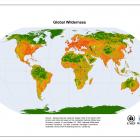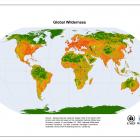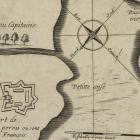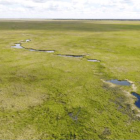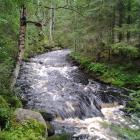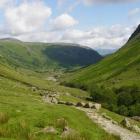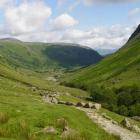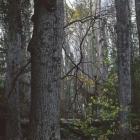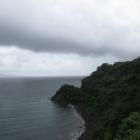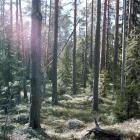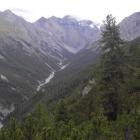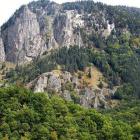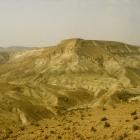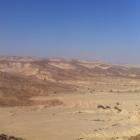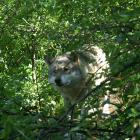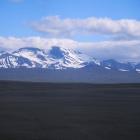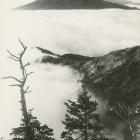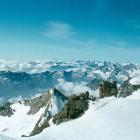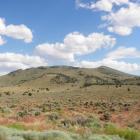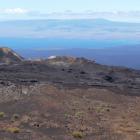Wilderness as an Adjective—Latin American Spanish
The dialogue about culture and nature has been critical to the development of Spanish-speaking Latin American societies since early times, though according to Diamond evidence suggests that this deep interaction with the environment has not always been successful. The notion of wilderness in this context is therefore broad and complex. It is challenging to define this term in Spanish since the language has such an extensive geographical distribution (including parts of the Americas, Africa, Europe, and Oceania); more than twenty countries in the world have Spanish as their official language. Therefore, the definition that one gives for this term will vary depending on what it means in the region one is from. Practically speaking, the immense spectrum of variations in the significance and signifier of this term within the Spanish-speaking world makes it a rich and complex source of images. “Wilderness,” according to the Oxford Dictionary, means “uncultivated, uninhabited, undisturbed and inhospitable.” The common use of this term in a Spanish-speaking setting gives us intocado, natural, pristino, vírgen, en su estado natural, inhóspito, salvaje, silvestre. Since these Spanish terms are all adjectives, which describe the wilderness rather than naming it, one can use the article “lo” in front of each of these terms to describe wilderness itself: lo intocado, lo natural, lo pristino, etc.

Vulcanic Landscape. Sierra Negra Vulcano, Isabela Island, Galápagos, Ecuador. Photo: María José Barragán Paladines.
Vulcanic Landscape. Sierra Negra Vulcano, Isabela Island, Galápagos, Ecuador. Photo: María José Barragán Paladines.
 This work is licensed under a Creative Commons Attribution-NonCommercial-ShareAlike 3.0 Unported License.
This work is licensed under a Creative Commons Attribution-NonCommercial-ShareAlike 3.0 Unported License.
For understanding this term in the Spanish-language arena, it is useful to recall the social construction of the wilderness term in general. Recognizing that, as Hubbard, Kitchin, Bartley, and Fuller write, “places are produced by the complex intersection of processes that operate across spatial scales, from local to global,” facilitates the understanding of what “wilderness” images have been produced and how this is determined by processes and intersections at different scales, as in Latin America and the Caribbean. Considering the weight of the self-imposed ideas of culture, religion, and state that this region of the world went through during the conquest and colonization processes, it is certainly feasible that ideas of wilderness fall into opposing perspectives that are really different sides of the same coin: the image from the outsiders and the one from us, the locals.
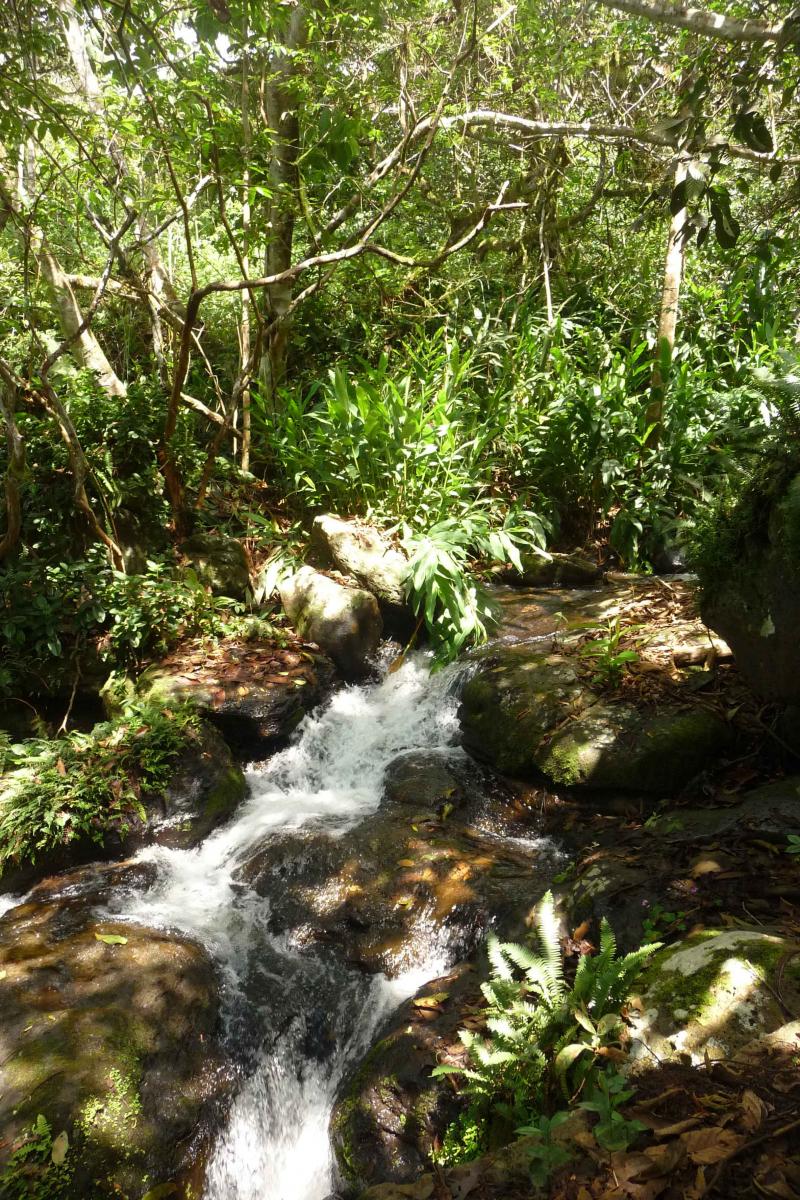
Tropical Forest, San Cristobal Island, Galápagos, Ecuador. Photo: María José Barragán Paladines.
Tropical Forest, San Cristobal Island, Galápagos, Ecuador. Photo: María José Barragán Paladines.
 This work is licensed under a Creative Commons Attribution-NonCommercial-ShareAlike 3.0 Unported License.
This work is licensed under a Creative Commons Attribution-NonCommercial-ShareAlike 3.0 Unported License.
The ideas of “wilderness” in Latin America and the Caribbean coincide with two alternatives: on the one hand, a sacral and religious idea of an “untouched nature,” as described by Diegues, and on the other, a more “mundane” concept of the wild. In fact, in the collective imagination of the Spanish-speaking societies in Latin America and the Caribbean, the term has an intrinsic association with the “not-touched-by-humans” concept.
During the late 1970s and 1980s, some Latin American Spanish-speaking areas were still rural regions switching to a neoliberal economic model applied to the so-called Third World. These practices included, among others, initiatives to “conquer” the “wilderness” that was wasted (i.e., did not provide benefits for human purposes) using several strategies (e.g., expanding agriculture frontier, colonizing “empty” lands). The tourist industry also started taking shape as an engine of economic machinery based on the supply and demand of a “wilderness” concept promoting “undisturbed” and “pristine” destinations. One important example of this trend is the Galapagos Islands, which have been an icon for nature-based tourism since the 1960s. The Galapagos represent an emblematic destination of untouched wildness for tourists who are hungry for the “wilderness” feeling and are searching for an “authentic adventure in nature.”
In conclusion, conceptions of wilderness in Spanish are diverse as the variations of the language. The wilderness concept can be roughly grouped into a very religion-oriented idea of “wildness as the devil,” (a perspective found mainly in older generations), which stands in contrast to the idea of “wild, untouched” landscape, an alternative to mass tourism and a characteristic holiday destination for the present generation.
What does wilderness mean in your language? Browse “Wilderness Babel” via the map.
Live map showing the location of the languages featured in the virtual exhibition. What does wilderness mean in your language? Browse “Wilderness Babel” via the map.
- Diamond, Jared. Collapse: How Societies Choose to Fail or Succeed. New York: Viking, 2005.
- Diegues, Antonio Carlos. El Mito Moderno de la Naturaleza Intocada. Revised edition. São Paulo: NUPAUB – Núcleo de Apoio à Pesquisa sobre Populações Humanas e Áreas Úmidas Brasileiras – USP, 2005.
- Hubbard, Phil, Rob Kitchin, Brendan Bartley, and Duncan Fuller. Thinking Geographically: Space, Theory and Contemporary Human Geography. London: Continuum, 2002.



